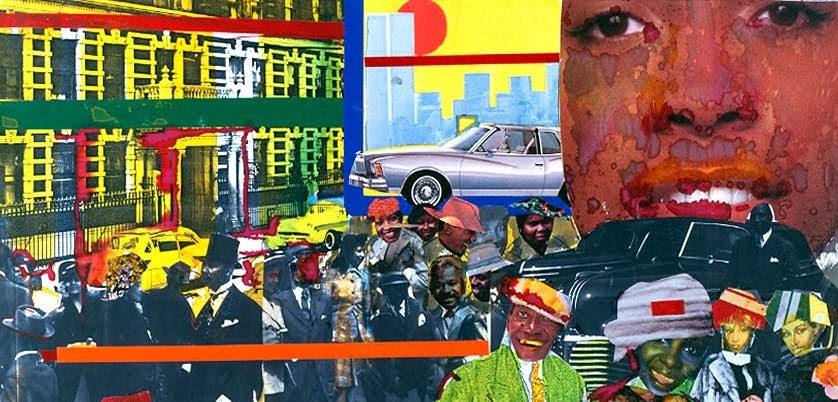A Great American Protest Novel
Jerry W. Ward, Jr.

“There is in Southern white man, distributed almost as
thickly as the dialect,” James Agee wrote in 1936, “an epidemic capability of
sadism which you would have to go as far to match and whose chief basis is
possibly, but only possibly, and only one among many, a fear of the Negro,
deeper and more terrible than any brief accounting can suggest or
explain. The flaw of sadism can turn its victims loose into extremities
which the gaudiest reports have only begun to suggest” (223-224).
Cotton Tenants: Three Families by James Agee
These surgical words come from the conclusion of “Cotton Tenants: Three Families,” a report Fortune magazine would not publish. Cotton Tenants did not see print until 2013. Agee indicted his race in a way his race dared not acknowledge, for to have done so would have been tantamount to staring into Medusa’s eyes. Agee’s people understood that “Southern white man” was identical with “American man” and that “fear of the Negro” was a sly allusion to a Yankee idea represented through a Spanish character in Herman Melville’s “Benito Cereno.”
Agee knew his race well. So too did F. Scott Fitzgerald, Lillian Smith, Erskine Caldwell, Tennessee Williams, Eudora Welty, William Faulkner, and Flannery O’Connor, tattling about the foibles and flaws of the race. Faulkner and O’Connor outdid their contemporaries in creating secular and religious mythopoeia, moving Agee’s hurtful truth into a zone of protective aesthetics. If Agee’s classic Now Let Us Praise Famous Men (1941) stands as nonfiction protest against Southern wretchedness and American economic injustice, Cotton Tenants helps us to identify its rightful heirs in the lines of protest fiction.
One of them is The Sacrifice (New York
“The symbolism of Christianity is based upon that of Judaism, which had already transfigured all reality (history, Nature) into a holy and artificial unreality—which refused to recognize real history, and which showed no more interest in a natural course of things.”
Oates seems to have intimate knowledge both of the banality of evil and of its consummate absurdity, of its power to rip apart the delicate ironies and nuances which give her most recent novel its significance. In the “Afterword,” Oates emancipates the cat from the bag, asserting that “The Special New York State Grand Jury Report” in the Tawana Brawley Case (October 7, 1988) was of special interest to her. And with emancipation comes a fine turn of the screw.
The Sacrifice by Joyce Carol Oates
The record of progress in the American Dream from reports on the lynching of Emmett Till to the latest story on which racial bullet murdered which unarmed, non-white American male is the foundation for The Sacrifice. Oates’s characters are truly the extremities spawned by the flaw of sadism. A shock of recognition comes from considering, after giving passionate attention to the novel, that all Americans are infected by one version or another of the flaw. Joyce Carol Oates has succeeded in writing a remarkable instance of the American protest novel. I recommend The Sacrifice to readers who are brave enough to make peace with the agony and the honesty.







